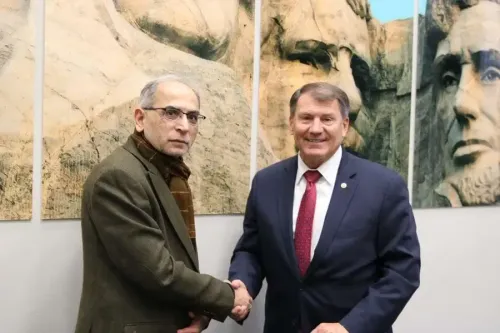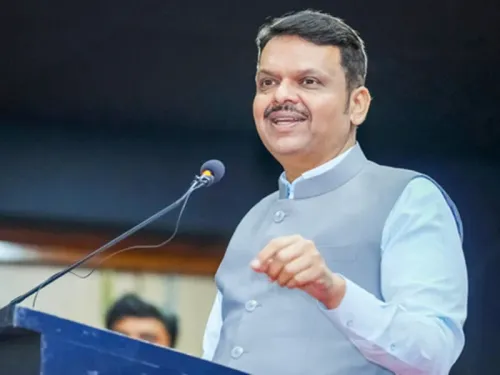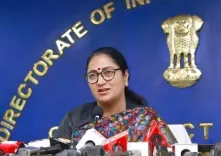Is Agriculture Still the Main Source of Employment in UP?

Synopsis
Key Takeaways
- Uttar Pradesh's agriculture is vital for employment.
- MSME sector follows agriculture in job creation.
- Modern research is crucial for farmers' prosperity.
- UP aims for a $1 trillion economy by 2029.
- Collaboration with Israel enhances agricultural practices.
Lucknow, July 22 (NationPress) The Chief Minister of Uttar Pradesh, Yogi Adityanath, stated on Tuesday that agriculture remains the predominant employment sector in the state, with close to three crore farmers relying on it. Following this, the Micro, Small, and Medium Enterprises (MSME) sector employs approximately 1.65 crore individuals.
During the 36th Foundation Day of the Uttar Pradesh Agricultural Research Council, the Chief Minister emphasized that agriculture should evolve into a pathway for prosperity rather than a cause for migration.
“Farmers can only achieve this if they benefit from the latest advancements in research within the agricultural sector,” he remarked.
He highlighted that the progress of UP is crucial for the advancement of India. “If every individual dedicates themselves sincerely to their work, no force can prevent India from evolving into a developed nation,” he noted.
Yogi also inaugurated an agricultural exhibition, published booklets and newsletters, and participated in a national seminar titled 'Developed Agriculture -- Developed Uttar Pradesh 2047'.
The Chief Minister asserted that UP should enhance research and development tailored to the state’s unique soil and climate conditions. “All these opportunities are present in UP. Prime Minister Modi has set a goal for India to become a 'Viksit Bharat' by 2047, and every state must contribute to this vision,” he added.
He indicated that the central government aims to position India as a $5 trillion economy, while UP has set its sights on achieving a $1 trillion economy by 2029. “We are fortunate to have fertile land and plentiful water resources. UP is likely the only state globally where over 86 percent of its agricultural land is irrigated,” he said.
Currently, UP boasts four state-run agricultural universities, with a fifth one on the way. Additionally, the central government operates institutions in the state, along with over 15 dedicated to agricultural research. A network of 89 Krishi Vigyan Kendras (KVKs) is also available to assist farmers.
However, the CM expressed concern that only 25-30 percent of farmers in the state can effectively apply modern scientific research in their activities. “This situation must improve if we are to fully harness UP’s agricultural potential,” he stated.
Despite UP possessing only 11 percent of India’s cultivable land, it produces over 20 percent of the nation’s food grains. “Considering the state’s fertile soil, water availability, and climate, this output could potentially triple if we commit to advancing research and development in agriculture,” he added.
The Chief Minister pointed out that nations investing in research and development are the ones that thrive. “We have the capability not only to feed India but also the entire world. There is enormous potential in agriculture, horticulture, and vegetable production, particularly with region-specific research aligned with nature and environmental factors,” he mentioned.
Looking forward, the CM stated that UP has formulated a Vision 2047 roadmap and is working on both short and long-term strategies. “We must also set milestones for 2027, 2029, and 2035. Agricultural universities and research institutes should commence efforts in this direction,” he noted.
CM Yogi also emphasized the state’s collaboration with Israel in establishing Centres of Excellence. “Israel has provided technical support and trained our scientific community. We must now focus on scaling up this initiative. If Israel can achieve this, why can’t our own universities? How long will we continue to witness farmers leaving agriculture?” he questioned.
He also raised concerns regarding the effects of climate change, mentioning that 15-16 districts in UP have experienced below-average rainfall this season. “This is the expected time for heavy rains, yet they haven't arrived. We need to prepare for such climate changes through research-driven strategies,” he concluded.









